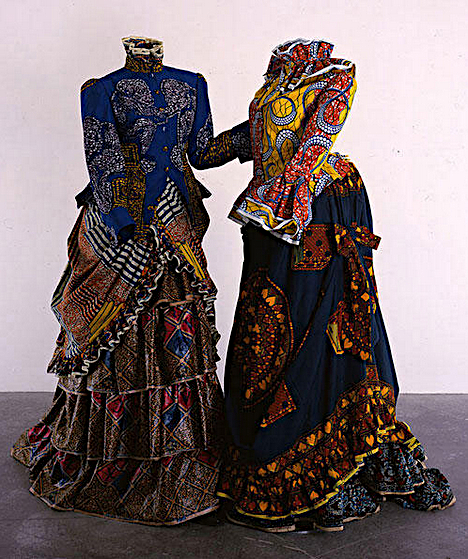
| ||||||
| Level 100 | ||||||
|
| ||||||
| Level 300 | ||||||
| ||||||
| Level 400 | ||||||
|
| ||||||
| History of Art | ||||||
| LS&A | ||||||
| University of Michigan | ||||||
| Back to the list of courses |
SUMMER
Special Topics: Traveling Textiles: Cultural Encounters from Trade Routes to the Runway

This course will examine the histories and roles of textiles in cross-cultural exchanges. From tapestries and quilts to couture fashions and ceremonial cloths, we will explore the making, circulation, and use of textiles and their designs. We will study how textiles traveled between Africa, Asia, and Europe through pre-colonial trade routes to how 19th century African textile designs are transformed on European fashion show runways. Our exploration of textiles will focus on the continent of Africa, and will lead us on a journey to study other places through their interactions with societies from across the world–especially Europe, Asia, and the Americas. Textiles from Africa represent diverse and dynamic visual expressions to investigate issues relating to cultural representation and constructions of identity and power. How do colonial empires, institutions, artists, and other individuals use textiles to mediate exchanges with other cultures and societies? What ideas and beliefs do textiles carry and communicate? How do textiles articulate power relations and the ways people imagine other cultures? To examine these questions, this course draws upon the growing body of literature on textiles and increased attention by art historians in recent years, especially within African arts. We will engage with these readings, related theoretical models, art historical methods and visual analysis. Our focus on textiles offers us an entry to examine key concepts and major debates in the broader discipline of art history and other fields such as anthropology and history. Class discussions and readings will address the following issues: art and craft; constructions of power and identity; art as commodity; local and global; politics of display and representation; conflict and resistance; everyday dress and fashion; collecting, the art market, and authenticity. Class meetings will include a combination of lectures, discussion, and small group activities, if enrollment size permits. Assignments will include exams, papers, and a research project.
HISTART category for concentration distributions: 4. Modern and Contemporary, B. Sub-Saharan Africa, 4. Europe and the US